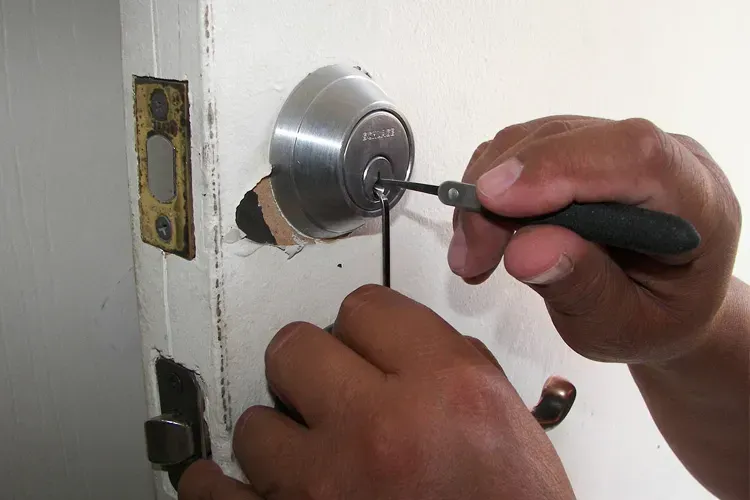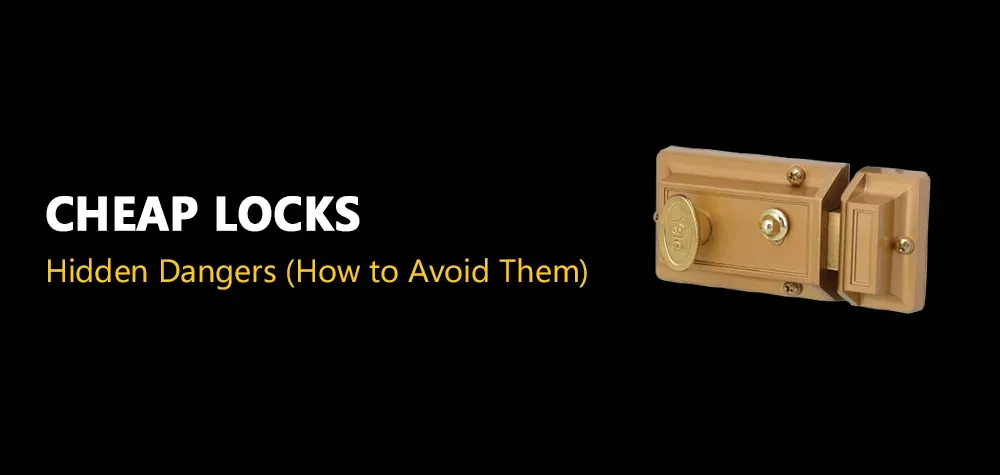Car Door Lock Cylinder Replacement: A Comprehensive How-To Guide
Having a reliable car door lock cylinder is essential for your vehicle’s security and your peace of mind. Over time, lock cylinders can wear out due to frequent use, exposure to the elements, or attempted break-ins. If your car door lock is giving you trouble—such as the key not turning smoothly or the door not locking properly—it might be time for a replacement. This comprehensive guide will walk you through the steps to replace your car door lock cylinder, ensuring your vehicle stays secure and functional.
Tools and Materials You'll Need
- Screwdriver (Phillips and flathead)
- Pliers
- Socket set
- Replacement lock cylinder
- Gloves
- Goggles
- Lubricant (optional)
- Vehicle manual
- Trim removal tools
- Flashlight
Identifying the Need for Replacement
Recognizing when your car door lock cylinder needs replacement is crucial for maintaining vehicle security. Common signs include:
- Key Won't Turn: Difficulty turning the key in the lock could indicate internal wear or damage.
- Difficulty Locking/Unlocking: Struggles with locking or unlocking the door may signal a malfunctioning cylinder.
- Sticking or Jamming: If the lock cylinder sticks or jams frequently, it may be worn out or damaged.
- Visible Damage: Cracks or broken parts around the lock cylinder suggest it needs replacement.
Preparing for the Replacement
1. Safety First
- Wear protective gear, such as gloves and goggles, to safeguard against debris and sharp edges.
2. Gathering Tools and Materials
- Ensure you have all necessary tools and materials ready, including screwdrivers, pliers, a socket set, and the replacement lock cylinder.
3. Consulting the Vehicle Manual
- Review your vehicle's manual for specific instructions related to your car model, including any unique steps or considerations for the lock cylinder replacement.
Step-by-Step Guide to Replacing a Car Door Lock Cylinder
1. Disconnect the Battery
- Safety Precaution: Disconnecting the battery prevents any electrical issues or accidental airbag deployment while working on the door.
2. Remove the Door Panel
- Instructions: Use a screwdriver and trim removal tools to carefully detach the door panel from the door frame. Start by removing screws and clips, then gently pry off the panel.
3. Locate the Lock Cylinder
- Finding the Cylinder: Inside the door, locate the lock cylinder, typically mounted near the door handle area. It may be covered by additional components.
4. Disconnect Linkages and Electrical Connections
- Careful Detachment: Carefully disconnect any linkages or electrical connectors attached to the lock cylinder. Note their positions for reassembly.
5. Remove the Old Lock Cylinder
- Removal Steps: Unscrew or unbolt the old lock cylinder from its mounting position. If it’s secured with a clip or pin, carefully remove it before taking out the cylinder.
6. Install the New Lock Cylinder
- Installation Instructions: Position the new lock cylinder in place, aligning it with the mounting holes. Secure it with screws or bolts as per your vehicle’s requirements.
7. Reconnect Linkages and Electrical Connections
- Reattachment: Reconnect all linkages and electrical connectors to the new lock cylinder. Ensure they are securely attached and properly aligned.
8. Reinstall the Door Panel
- Reassembly: Carefully place the door panel back onto the door frame. Align it with the clips and screws, and secure it in place. Ensure all fasteners are tightened properly.
9. Reconnect the Battery
- Restoration: Reconnect the vehicle’s battery, ensuring all connections are secure.
10. Test the New Lock Cylinder
- Functionality Check: Test the new lock cylinder by locking and unlocking the door with the key. Verify that it operates smoothly and the door latches properly.
Preventive Measures to Keep Drains Clear
- Regular Cleaning: Clean outdoor drains regularly to prevent debris build-up.
- Install Drain Covers: Use covers to keep leaves and trash out of drains.
- Proper Waste Disposal: Avoid disposing of grease and large particles in drains.
- Root Barriers: Install barriers to stop tree roots from invading drain pipes.
When to Call a Professional
If DIY methods fail, or if you encounter complex issues such as severe blockages or pipe damage, it's time to seek professional help. For expert diagnosis and repair, contact Brother's Locksmith to ensure your drains are thoroughly cleared and functioning properly.
Conclusion
Maintaining clear outdoor drains is essential to prevent flooding, unpleasant odors, and damage to your property. By understanding common causes of blockages and following preventive measures, you can keep your drains in top condition. If you face persistent issues or need professional assistance, don't hesitate to reach out to experts like Brothers Locksmith for reliable solutions. Keeping up with regular maintenance will save you time and trouble, ensuring your drainage system remains efficient and effective.
Preventing Car Door Lock Corrosion: Maintenance Tips for Long-Term Repair
Call Us Any Time!






